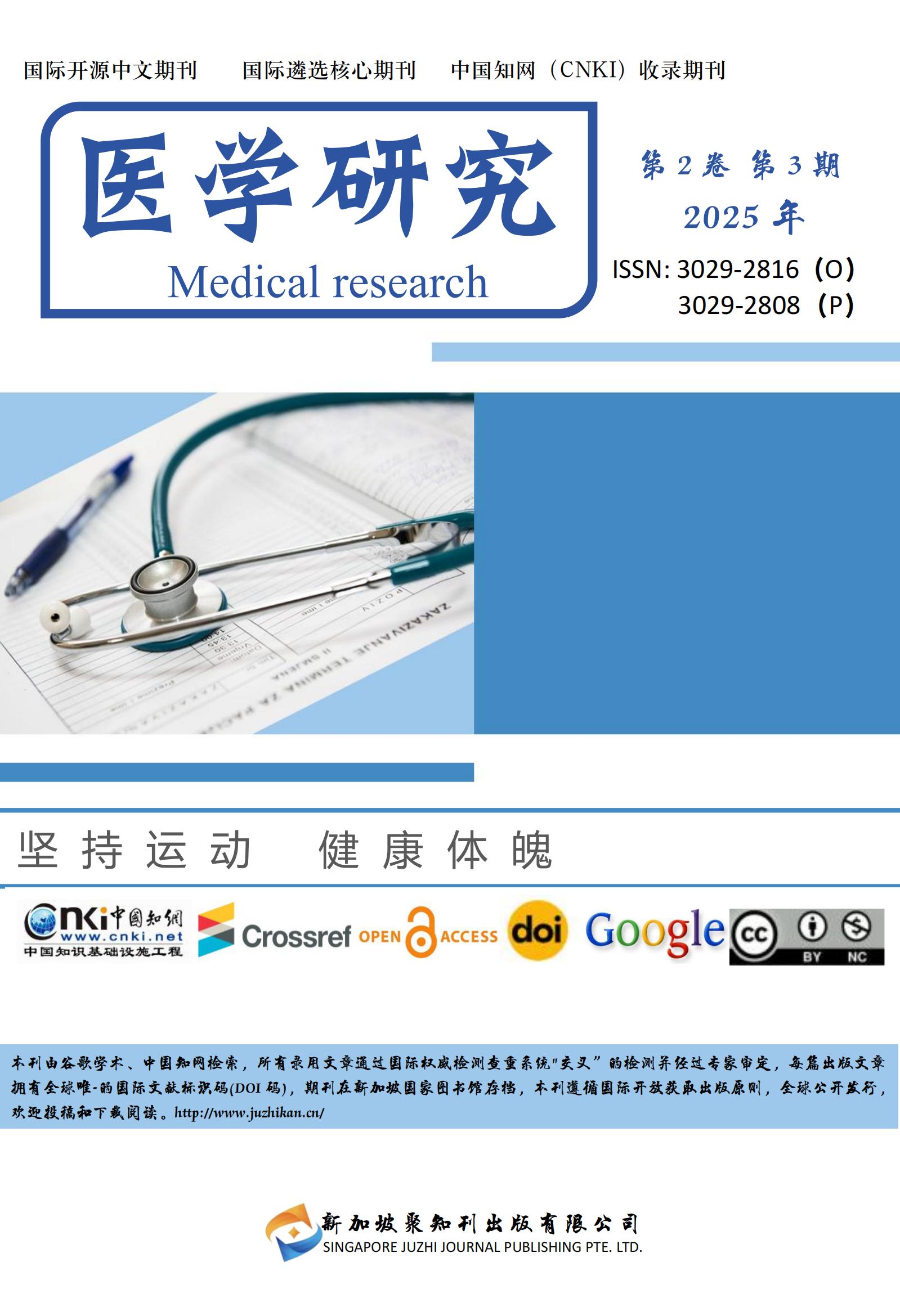
 info@juzhikan.asia
info@juzhikan.asia
 info@juzhikan.asia
info@juzhikan.asia
湖南工业大学 生物医学纳米材料与器件湖南省重点实验室,湖南省株洲市,412007;
摘要:个体化医疗是通过对患者基因、免疫和分子层面的特征全面解析制定针对性的治疗方案,近年来已经逐渐成为应对免疫介导性炎症疾病(IMIDs)和部分恶性肿瘤治疗难题的重要性策略。传统的免疫抑制手段和部分生物制剂在临床实践中虽然取得了一定的成效,但是由于患者在免疫细胞的构成和病理机制上存在的明显差异,导致治疗效果会存在较大的波动。适应性免疫受体库(AIRR)提供的包括T细胞与B细胞的克隆多样性、扩增情况以及特定序列特征的信息,为阐明病理免疫机制、预测治疗反应和动态监测免疫重构提供了全新的思路和设想。本文在系统地回顾个体化医疗的基本概念、IMIDs的临床现状与面临的挑战、AIRR技术的基本原理及检测方法基础上,重点探讨了基于AIRR指标构建的个性化免疫治疗策略的研究进展,并且展望了未来的发展方向,为精准免疫治疗提供了理论性的依据还有实践性的参考。
关键词:个性化医疗;适应性免疫受体库;免疫治疗;免疫介导性炎症性疾病;生物标志物
参考文献
[1]Agrawal M, Shah S, Patel A, Pinotti R, Colombel JF, Burisch J. Changing epidemiology of immune-mediated inflammatory diseases in immigrants: A systematic review of population-based studies. J Autoimmun. 105(2019), p.102303.
[2]McInnes IB, Gravallese EM. Immune-mediated inflammatory disease therapeutics: past, present and future. Nat Rev Immunol. 21(2021), pp.680-686.
[3]van Dieren JM, Kuipers EJ, Samsom JN, Nieuwenhuis EE, van der Woude CJ. Revisiting the immunomodulators tacrolimus, methotrexate, and mycophenolate mofetil: their mechanisms of action and role in the treatment of IBD. Inflamm Bowel Dis. 12(2006), pp.311-27.
[4]Kuek A, Hazleman BL, Ostör AJ. Immune-mediated inflammatory diseases (IMIDs) and biologic therapy: a medical revolution. Postgrad Med J. 2007; 83:251-60.
[5]Chatenoud L. Biotherapies targeting T and B cells: from immune suppression to immune tolerance. Curr Opin Pharmacol. 23 (2015), pp.92-7.
[6]Benichou J, Ben-Hamo R, Louzoun Y, Efroni S. Rep-Seq: uncovering the immunological repertoire through next-generation sequencing. Immunology. ;135(2012), pp. 183-91.
[7]Arnaout R, Lee W, Cahill P, Honan T, Sparrow T, Weiand M, et al. High-resolution description of antibody heavy-chain repertoires in humans. PLoS One. ;6(2011), p. e22365.
[8]Laydon DJ, Melamed A, Sim A, Gillet NA, Sim K, Darko S, et al. Quantification of HTLV-1 clonality and TCR diversity. PLoS Comput Biol. ;10(2014), p. e1003646.
[9]Robert L, Tsoi J, Wang X, Emerson R, Homet B, Chodon T, et al. CTLA4 blockade broadens the peripheral T-cell receptor repertoire. Clin Cancer Res. ;20(2014), pp. 2424-32.